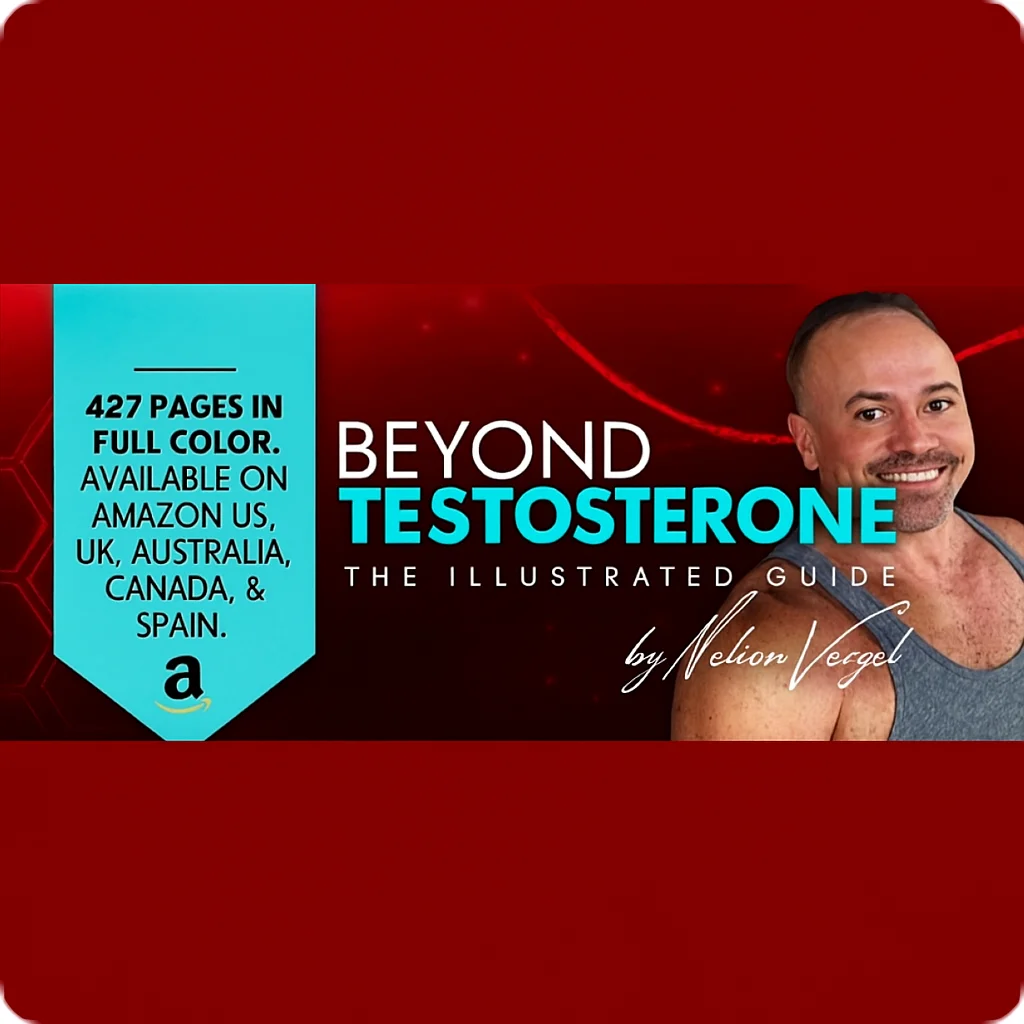madman
Super Moderator
* Acne and other cutaneous reactions vary by delivery method and patient susceptibility, emphasizing the need for clinician awareness, patient counseling, and better adverse event reporting.
Testosterone Replacement Therapy and the Skin: A Review of Dermatologic Side Effects (2025)
Abou Chawareb , E1; Campos, L2; Savio, L3; Hartman-Kenzler, J4; Mahdi, M1; Hammad, M1; Yafi, F1
1 - University of California, Irvine
2 - Universidade Federal de Minas Gerais
3 - Hospital Beneficência Portuguesa de São Paulo
4 - Stony Brook Medicine
Introduction
Testosterone replacement therapy (TRT) is increasingly used to manage hypogonadism, a condition affecting 4–5 million men in the U.S. and characterized by low serum testosterone and associated symptoms. While TRT is generally effective in restoring testosterone levels and improving quality of life, its dermatological adverse effects are underreported compared to cardiovascular and oncologic risks.
Objective
This review aims to synthesize existing evidence on cutaneous complications associated with TRT to better inform clinical practice.
Methods
A scoping review was conducted using PubMed, Scopus, and Cochrane databases (search date: November 3, 2024) to identify studies reporting dermatologic adverse events related to TRT in adult men. Inclusion criteria focused on original studies documenting skin-related side effects in TRT recipients. Ten studies met eligibility: seven prospective clinical trials and three retrospective chart reviews published between 1999 and 2021. Data were extracted and summarized narratively.
Results
Across all included studies, dermatologic adverse events were consistently reported. Acne was the most frequent, affecting 0.6–9.1% of participants, with the lowest incidence in oral formulations. Pruritus occurred in up to 10.0%, rashes in up to 5.3%, and abnormal hair growth in up to 5.3%. Injectable formulations were generally associated with higher rates of acne and systemic reactions than topical or oral preparations. A prospective study in transgender men reported nearly universal dermatologic changes, including 100% acne, 94% increased facial hair, and 77% increased body hair, peaking 18–24 months after therapy initiation. Two participants in separate studies discontinued TRT due to acne. Despite the prevalence of these effects, most studies lacked standardized reporting or detailed management strategies.
Conclusions
Dermatologic side effects of TRT, though often considered non-severe, can significantly impact patient satisfaction, adherence, and quality of life. Acne and other cutaneous reactions vary by delivery method and patient susceptibility, emphasizing the need for clinician awareness, patient counseling, and better adverse event reporting. Future research should standardize dermatologic outcome measures and explore effective prevention and management strategies to improve the safety and tolerability of TRT.
Figure 1:

Testosterone Replacement Therapy and the Skin: A Review of Dermatologic Side Effects (2025)
Abou Chawareb , E1; Campos, L2; Savio, L3; Hartman-Kenzler, J4; Mahdi, M1; Hammad, M1; Yafi, F1
1 - University of California, Irvine
2 - Universidade Federal de Minas Gerais
3 - Hospital Beneficência Portuguesa de São Paulo
4 - Stony Brook Medicine
Introduction
Testosterone replacement therapy (TRT) is increasingly used to manage hypogonadism, a condition affecting 4–5 million men in the U.S. and characterized by low serum testosterone and associated symptoms. While TRT is generally effective in restoring testosterone levels and improving quality of life, its dermatological adverse effects are underreported compared to cardiovascular and oncologic risks.
Objective
This review aims to synthesize existing evidence on cutaneous complications associated with TRT to better inform clinical practice.
Methods
A scoping review was conducted using PubMed, Scopus, and Cochrane databases (search date: November 3, 2024) to identify studies reporting dermatologic adverse events related to TRT in adult men. Inclusion criteria focused on original studies documenting skin-related side effects in TRT recipients. Ten studies met eligibility: seven prospective clinical trials and three retrospective chart reviews published between 1999 and 2021. Data were extracted and summarized narratively.
Results
Across all included studies, dermatologic adverse events were consistently reported. Acne was the most frequent, affecting 0.6–9.1% of participants, with the lowest incidence in oral formulations. Pruritus occurred in up to 10.0%, rashes in up to 5.3%, and abnormal hair growth in up to 5.3%. Injectable formulations were generally associated with higher rates of acne and systemic reactions than topical or oral preparations. A prospective study in transgender men reported nearly universal dermatologic changes, including 100% acne, 94% increased facial hair, and 77% increased body hair, peaking 18–24 months after therapy initiation. Two participants in separate studies discontinued TRT due to acne. Despite the prevalence of these effects, most studies lacked standardized reporting or detailed management strategies.
Conclusions
Dermatologic side effects of TRT, though often considered non-severe, can significantly impact patient satisfaction, adherence, and quality of life. Acne and other cutaneous reactions vary by delivery method and patient susceptibility, emphasizing the need for clinician awareness, patient counseling, and better adverse event reporting. Future research should standardize dermatologic outcome measures and explore effective prevention and management strategies to improve the safety and tolerability of TRT.
Figure 1:












